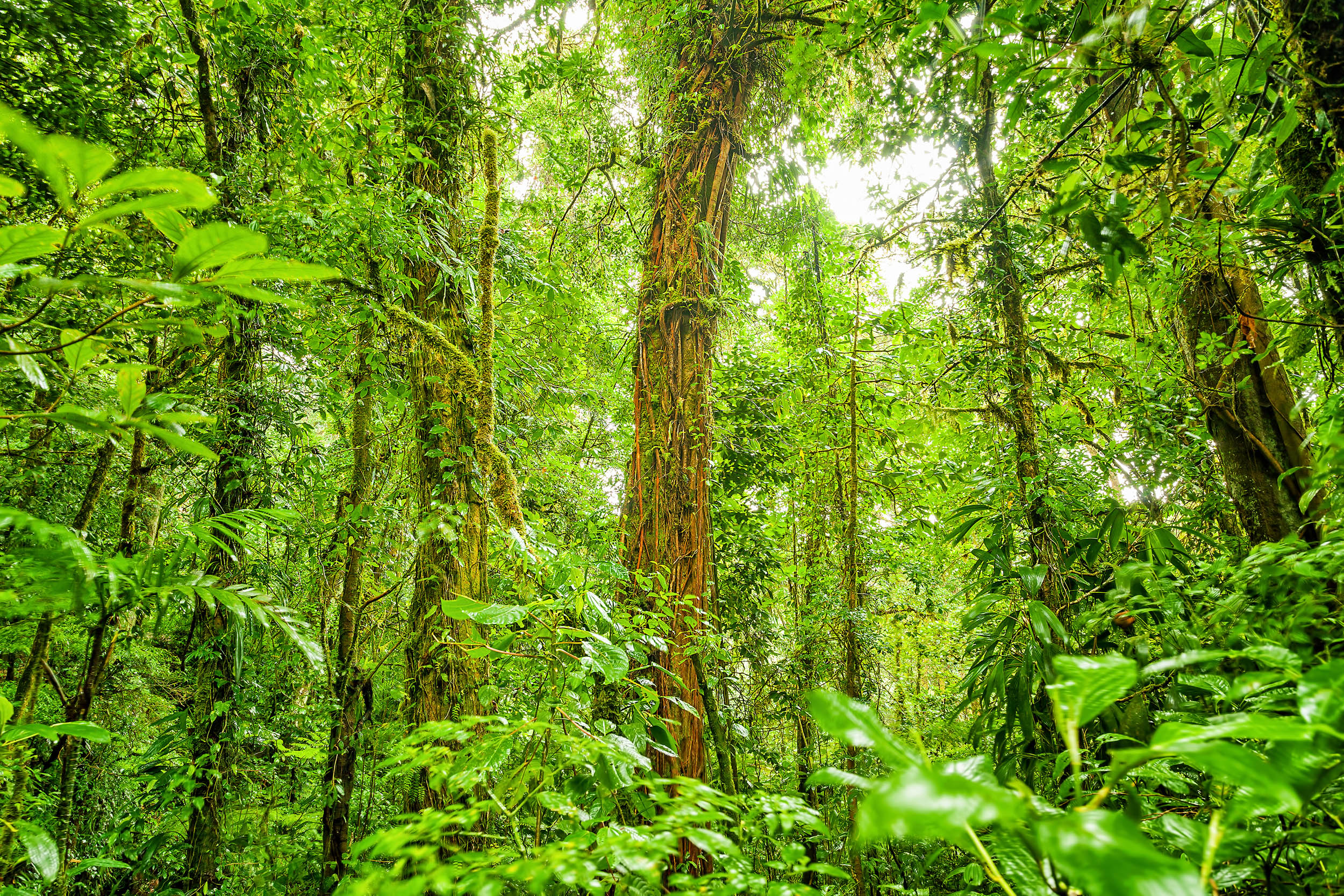
Study: Plants regulate their leaf temperature to boost carbon uptake
“This research combines theory for leaf energy flows with globally distributed temperature data for diverse plant taxa to show that leaves generally do not match air temperature, but instead thermoregulate,” said Sean Michaletz, a plant ecologist at Los Alamos National Laboratory, which led the study. Los Alamos studies and models climate change and related impacts as part of its mission to maintain the nation’s energy security. “The end result is that leaves are generally warmer than air in cold temperatures, and cooler than air in warm temperatures.” Study: Plants regulate their leaf temperature to boost carbon uptake
In the paper recently published in Nature Plants, Michaletz and the team developed a novel theory that combined energy budgets, which account for incoming and outgoing thermal energy fluxes in a leaf, with the carbon economics theory, which posits that leaf form and function are ultimately constrained by the efficiency of the leaf’s structure in processing carbon. By synthesizing these theories, the team showed how leaf thermoregulation helps to maximize leaf photosynthesis and, therefore, the total lifetime carbon gain of a leaf.
The team’s theory is key to developing a more quantitative plant ecology that examines the origins of leaf thermoregulation, or the process whereby leaf temperature varies from ambient air temperature. Their research shows that plant functions are decoupled from ambient temperatures, a finding that will support improved climate models.

The thermal traits of a leaf
Most plants photosynthesize, converting light energy and carbon dioxide from the atmosphere into sugars that become leaves, stems and roots. Leaf thermoregulation is critical for plant carbon economics because leaf temperatures determine the speed of photosynthesis and respiration. Because it is generally assumed that plants take on the temperature of the environment, many current Earth system models for predicting plant-atmosphere feedbacks assume that plant physiology operates at the ambient air temperature. However, data from the team’s study show that leaf temperature can differ dramatically from air temperatures. This decoupling weakens the link between the climate and plant functions, limiting climactic impacts on plant growth and the carbon budgets of an ecosystem.
Michaletz, McDowell and their colleagues at the Laboratory conduct this research to help identify linkages among climate, plant traits and plant physiology rates. These recent research results may help to improve Earth system models and predict climate change impacts and feedbacks.
Michaletz, a Los Alamos Director’s Postdoctoral Fellow, and his mentor Nate McDowell published their Nature Plants paper in collaboration with authors from the University of Arizona, University of Oklahoma, Tsinghua University, Lawrence Berkeley Laboratory, Smithsonian Tropical Research Institute, University of Pennsylvania, The Santa Fe Institute, The iPlant Collaborative, Aspen Center for Environmental Studies.
###
About Los Alamos National Laboratory
Los Alamos National Laboratory, a multidisciplinary research institution engaged in strategic science on behalf of national security, is operated by Los Alamos National Security, LLC, a team composed of Bechtel National, the University of California, BWXT Government Group and URS, an AECOM company, for the Department of Energy’s National Nuclear Security Administration. Los Alamos enhances national security by ensuring the safety and reliability of the U.S. nuclear stockpile, developing technologies to reduce threats from weapons of mass destruction and solving problems related to energy, environment, infrastructure, health, and global security concerns.













